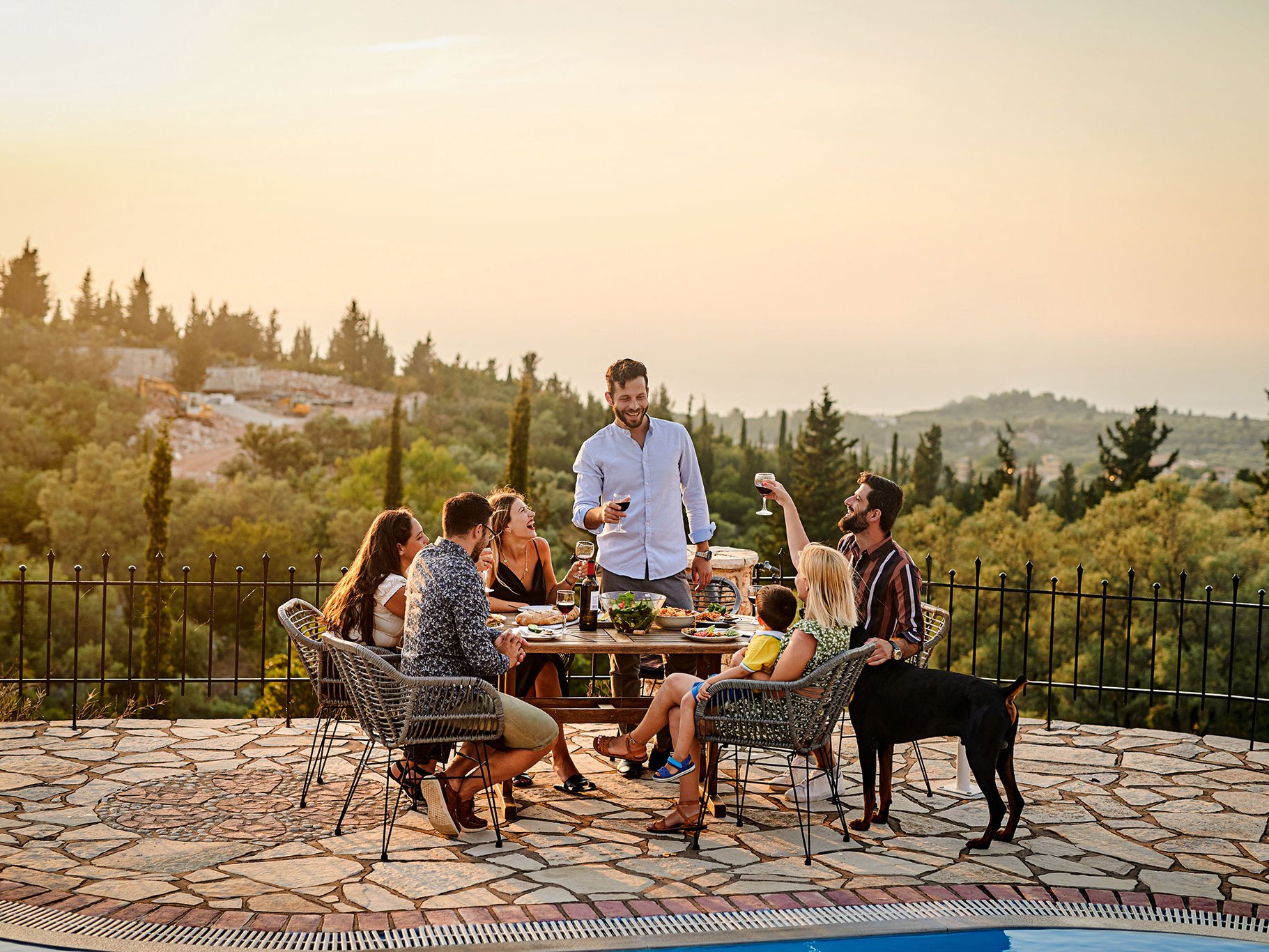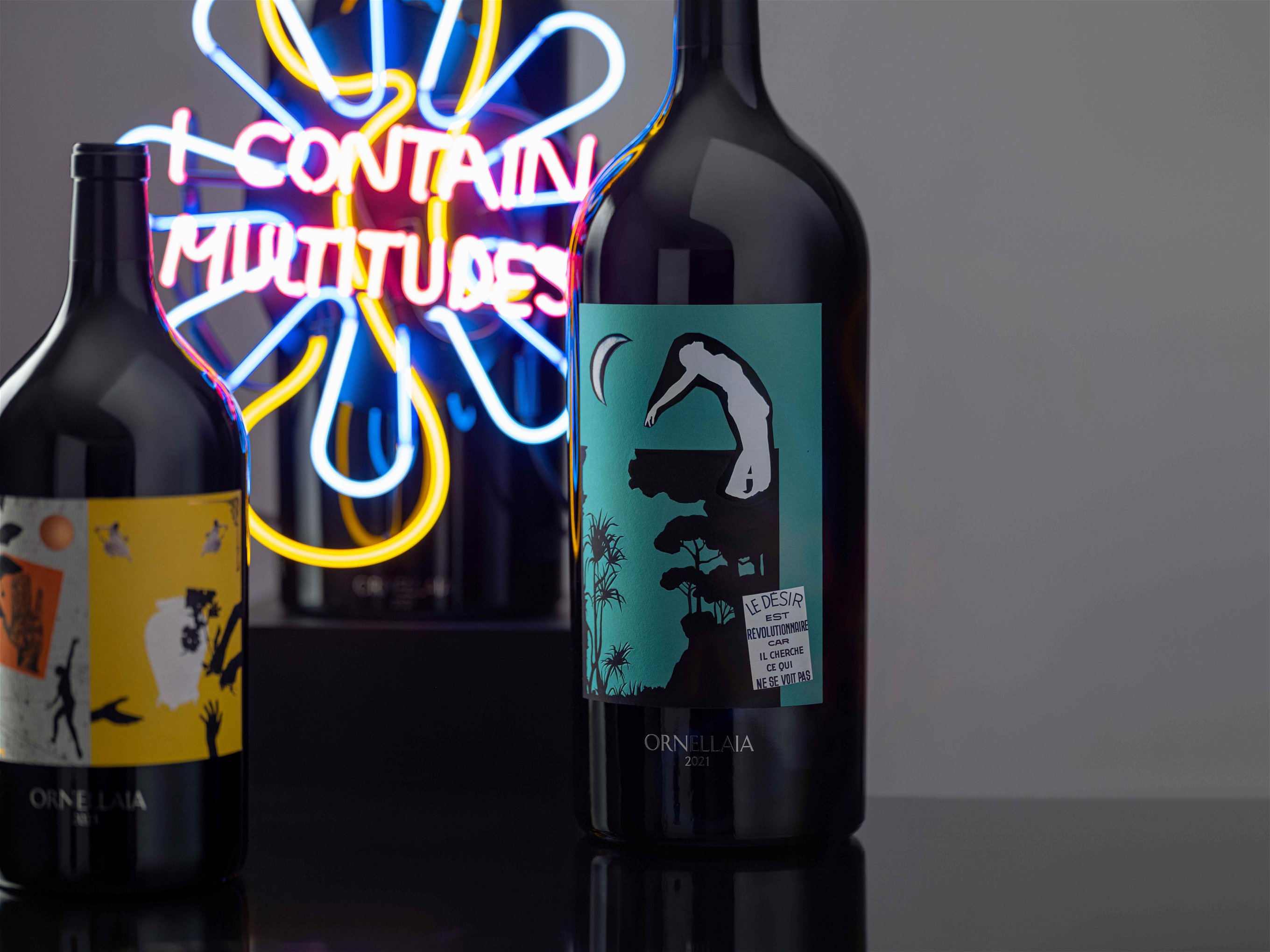Schloss Gobelsburg's New Heritage Series and Anniversary Blend
Most wineries try to create something special for a significant anniversary – but when it is a 850th anniversary and the winemaker is a historian and an oenologist, you can expect something extraordinary.
Winemaking at Schloss Gobelsburg in Kamptal, Austria, celebrated its 850th anniversary this year. It was in 1171 that the Cistercian brothers of Zwettls abbey were first endowed with vineyards in the famous Heiligenstein and Gaisberg sites in Zöbingen, Kamptal.
The castle Gobelsburg, which gives the estate its name, has been on the land since at least 1074 but was turned into a Renaissance manor and then, in the 18th century, a Baroque château, or schloss. Despite various ownership changes and tumultuous centuries, wine has been made for at least 850 years at Schloss Gobelsburg.
A new chapter and old methods
In 1996, a young winemaking genius and his wife took over the running of the estate. Since then, Eva and Michael Moosbrugger have turned the estate into one of Austria’s foremost addresses for Grüner Veltliner and Riesling but. Crucially, Moosbrugger has also made it his mission to delve deep into the history of winemaking at the estate.
For the past 20 years both a Grüner Veltliner and a Riesling have been made with the purist ethos of yesteryear. They are special, separate bottlings sold under the name Tradition. Their making harks back to early 19th century methods like pressing grapes in a basket press, spontaneous fermentation without temperature control and maturation over two years before bottling with several rackings from cask to cask.
A brilliant blend
But Moosbrugger knew the anniversary was approaching and had a brilliant and unusual idea; he would make a special one-off anniversary blend of vintages spanning the past 50 years from old wine stocks still in the cellar. The old stocks are not just Grüner Veltliner and Riesling but also Grüner Sylvaner, Welschriesling, Muscat Ottonel, Muskat Sylvaner (aka Sauvignon Blanc), Traminer and Muskateller.
A momentous but inspired task
This of course was a momentous task: these ancient bottles had to be opened and tested individually for soundness – as bottle variation is an issue with such mature wines. Vintages and varieties were kept separate. Over several stages of testing, assessing and re-assessing, a blend was made and left to “marry” in oak. The Tradition Heritage 50 Years Jubilée Edition 850 is thus a wine blended from numerous grape varieties and vintages across five decades. A total of 7,026 bottles were made – in fact exactly 1,171 six-bottle-cases (see what they did there?) plus 850 magnums.
The composition
Moosbrugger – always a man of detail – listed the composition of the blend:
- 11% from the 1970s (1970, 1971, 1973, 1974, 1977, 1979)
- 12% from the 1980s (1980, 1981, 1982, 1983, 1984, 1986, 1987, 1989)
- 7% from the 1990s (1991, 1993, 1994, 1996, 1998, 1999)
- 37% from the 2000s (2000, 2002, 2003, 2004, 2005, 2007, 2009)
- 33% from the 2010s (2011, 2013, 2014, 2017)
Not a one-off
The Heritage blend of these 50 vintages is available directly at Schloss Gobelsburg – but so are two further blends. Moosbrugger does nothing by halves and thus he also created a Tradition Cuvée 3 Years and a Tradition Cuvée 10 Years – these two new non-vintage blends will be made every year now and will becomes a firm part of the Gobelsburg portfolio.
Moosbrugger revealed that the ten-year-blend is composed of 85% of the 2010 vintage, 10% of 2009 and 5% of a blend of much older vintages. The three-years-blend is composed of 85% 2018, 10% 2017 and 5% 2016. Wine lovers will realise immediately how much this time-honoured multi-vintage approach has been practised for years in both Champagne and Jerez.
Expressing culture
It is exactly those ideas of classic European wine culture that inform these blends. They may not have a precedent in Austria, but they certainly fit into the European winemaking tradition. With components from various grape varieties and sites over various years, the wines are a wonderful expression not just of one vineyard or one year, but of an estate and a place and its deeply ingrained culture: a culture of winegrowing, of winemaking and of drinking of course.
Moosbrugger said that the wines are “dedicated to the people who worked at the estate.” For him, they are a kind of homage to the past but also a signpost to the future: “My intention was to bring the elements of the Danube regions together," Moosbrugger said. “The Danube region can bring wines of substance alongside the ease of drinking. It is fascinating how quickly the bottle is emptied. This is it: the great drinkability of these wines. It was a fascinating project.”
Read the tasting notes:
Schloss Gobelsburg Tradition Heritage Cuvée 3 Years NV
Schloss Gobelsburg Tradition Heritage Cuvée 10 Years NV
SCHLOSS GOBELSBURG Tradition Heritage 50 Years Jubilée Edition 850













